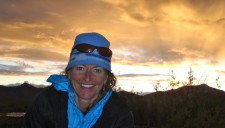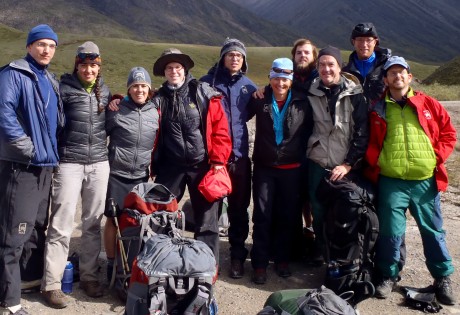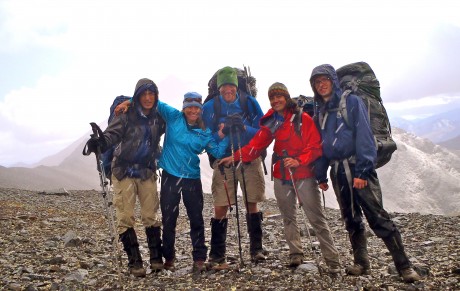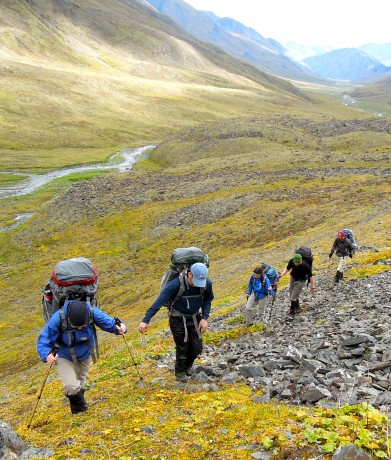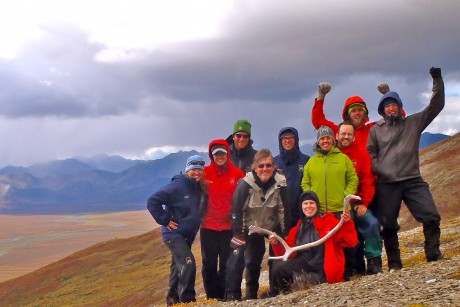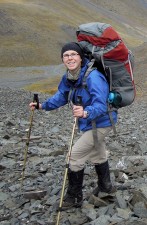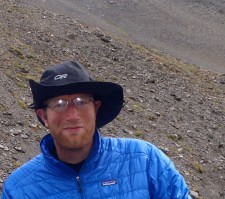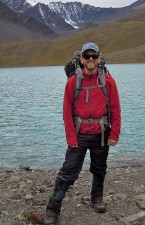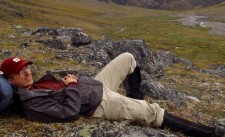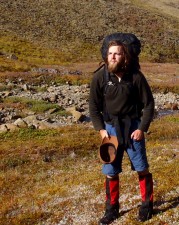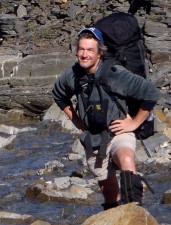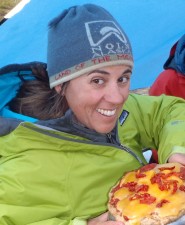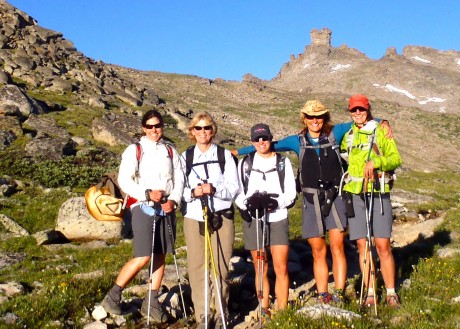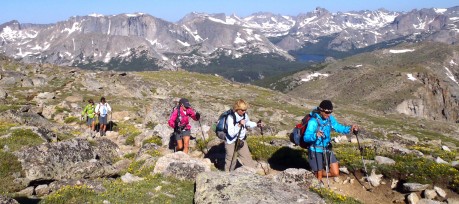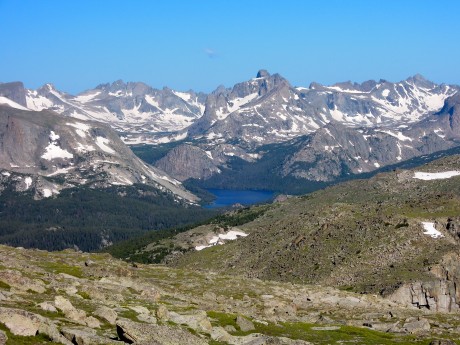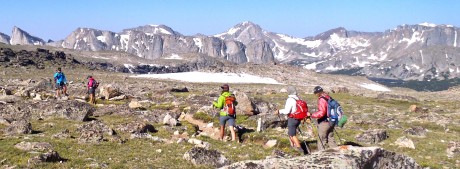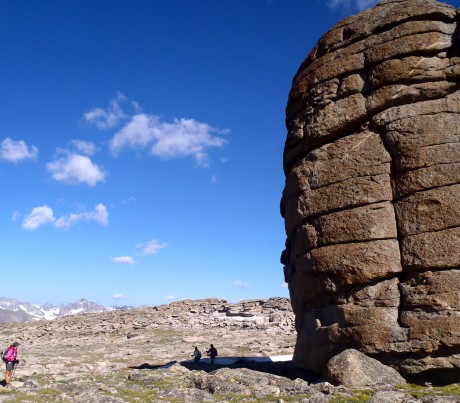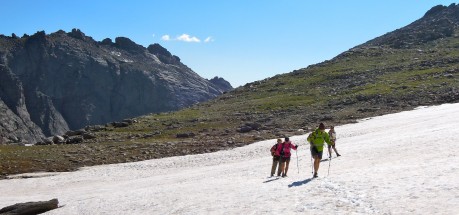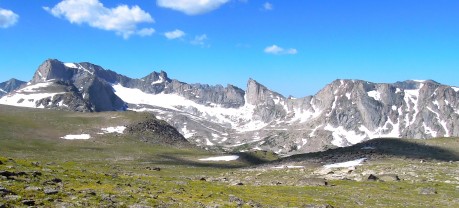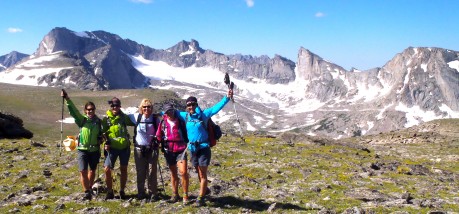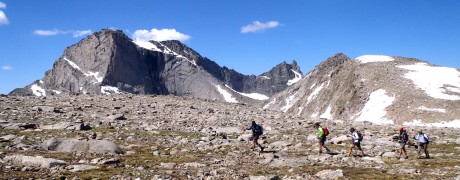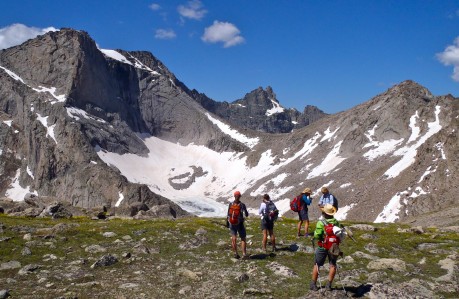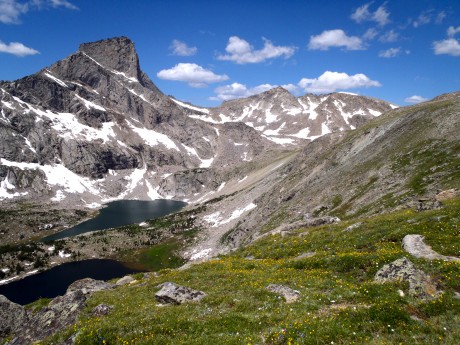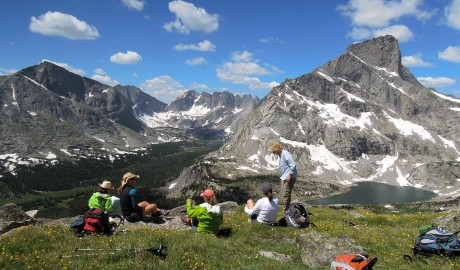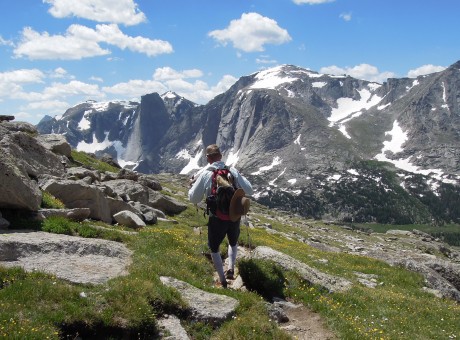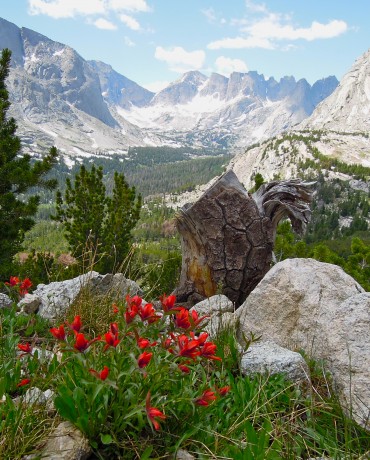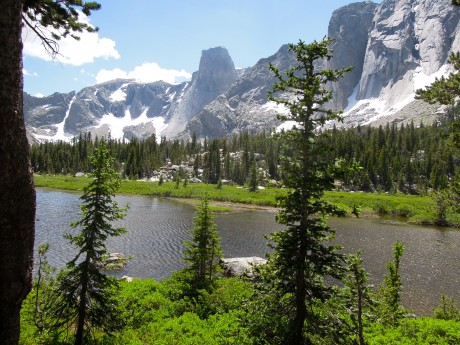I am a goal-oriented person. I always am working on a goal, or ten.
From time to time, I refer to the goals I set as Ulysses pacts. A Ulysses pact, or contract, is a self-made decision that binds one to the future. The term refers to the pact Ulysses (Odysseus) made with his men as they approached the Sirens. Sirens were the three dangerous bird women/seductresses who lured nearby sailors with their enchanting music to shipwreck on the rocky coast of their island.
Ulysses wanted to hear the Sirens’ song but he knew doing so would render him irrational so he put wax in his men’s ears so that they were unable to hear, and had them tie him to the mast so that he could not jump into the sea. He then ordered them not to change course under any circumstances, and to keep their swords upon him to attack him if he should break free of his bonds. (Source: Wikipedia.org)
I set many goals and achieve most of them. And while I don’t take it to the extreme that Ulysses did, I understand his thinking. I absolutely credit the achievement of my goals to my level of commitment to them, and to the fact I tie them to short-term consequence(s) with no chance for compromise. I’m sharing what works for me here in hopes it will be of value to others.
It’s pretty easy to decide to do something. How many of us decide we’re going to eat healthier starting this week? But we don’t. Or we’re going to start going exercising again, and/or we’re going to join a gym. But we don’t. We are going to limit our alcohol consumption, or give up smoking. But we don’t. We are going to start saying “no” more often. But we don’t. We are going to spend less time watching television. But we don’t. We are going to read more. But we don’t. The list goes on. We all do it.
Deciding, while it’s a start, is not enough. I think pretty hard about something I want to achieve before deciding it is a goal. Then, I commit. (Deciding and committing, while they go together, are not the same things. The distinction is critical. Please watch this video for more.)
Further, if the goal is too big, or too vague then it’s likely the goal won’t be achieved. I would have little chance at succeeding if I were to say, “I want to be healthier” or “I want to watch less television.” The goal needs to be very specific, with no ambiguity. As Chip and Dan Heath so effectively put it in their awesome book, Switch, we should “shrink the change” (make the goal not so vague or big) to increase our likelihood of success.
For me to have any chance at succeeding at a goal, I make a big deal of it to those closest to me. I need not only their support, but also, very importantly, their accountability.
So commitment is the first requirement. Tying the commitment it to short-term consequence(s) is the second.
Neuroscientiest David Eagleman, in an EXCELLENT Radiolab.org podcast, called “Help!,” says one of the best strategies for breaking a habit or making a change or achieving a goal is to tie it to “some sort of emotional salience — some reason why they matter to us right now, otherwise they will never work.”
A personal example is my weight loss journey that started in March of 2009. After three years of growing lazy, overweight and out of shape, the feeling of disgust and regret that I met with every single night when I went to bed served as the best motivator and consequence in my mission to lose weight and get healthy again.
My goal was a long-term one – to be a vibrant mother and wife who takes care of her health and body. But the short-term consequences were what did it for me and kept me true to my commitment to good health once I set that goal. I tied the future goal to a short-term feeling of disgust and regret. I did not want to feel that way. So my battle became a battle of disgust vs. desire (to not exercise and to keep eating too much junk food). In my humble opinion and experience, disgust almost always wins over desire.
Thomas C. Schelling is a Nobel Peace Prize-winning economist who has written a lot about the idea of commitment. (Being a fanatic about commitment, I enjoyed his Strategies of Commitment, which I highly recommend.)
In the same, aforementioned Radiolab podcast, Schelling talks about arranging commitment “so you can’t compromise.”
An example he gives is from ancient Greece. A Greek being pursued by a huge army of Persians had to make a stand on a hillside, and one of his generals said “I don’t think this is a good location to make our stand. There is a cliff behind us. There’s no way we can retreat if we need to.” He told the General, “Exactly.”
Schelling personally enlisted this strategy in his own life. In the Radiolab.org podcast, Schelling tells of his own win over smoking. In 1980, after many failed attempts to quit smoking, he gathered his children together, and told them, “I quit.” But that wasn’t all. He told them they “should never have respect for their father again” if he returned to smoking. Guess what? He never smoked again.
I will give one more example of a goal of mine with short-term consequence, which is far less significant than giving up smoking, but illustrates the effectiveness of the strategy this post is about.
I’m on Day 7 of a 30-day “no nuts or fruits” pact. If I screw up, my short-term consequences for the week are: 1) I cannot have the scoops of ice cream I have on Friday with my sons during our traditional weekly ice cream social, and 2) I have to train/exercise in the streets of Lander, which would mean forgoing the trails in the canyon, foothills and mountains above town, where I prefer to train. (Of course, fruits and nuts are good for a person. But I eat an excessive amount of both, so this is simply a pact to clean my slate on these items before reintroducing them at reasonable and healthy levels.)
By the way, upon hearing the Sirens’ song, Ulysses was driven temporarily insane and struggled with all of his might to break free so that he might join the Sirens, which would have meant his death.
But this is beside the point. He survived AND he didn’t give in to the Sirens. Right? Thanks for listening, and good luck with your goals.
Shelli Johnson is a life/leadership coach. Her business, YOUR EPIC LIFE, Life Should Take Your Breath Away, combines coaching with an epic adventure. Email her for more information.
RELATED POST:
Self Control is an Exhaustible Resource
